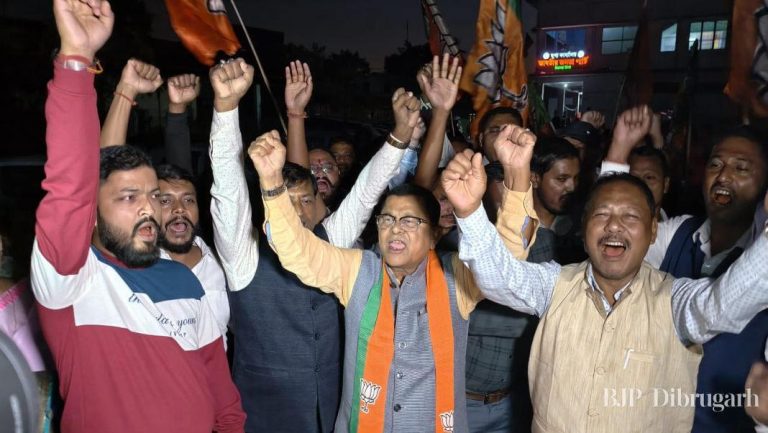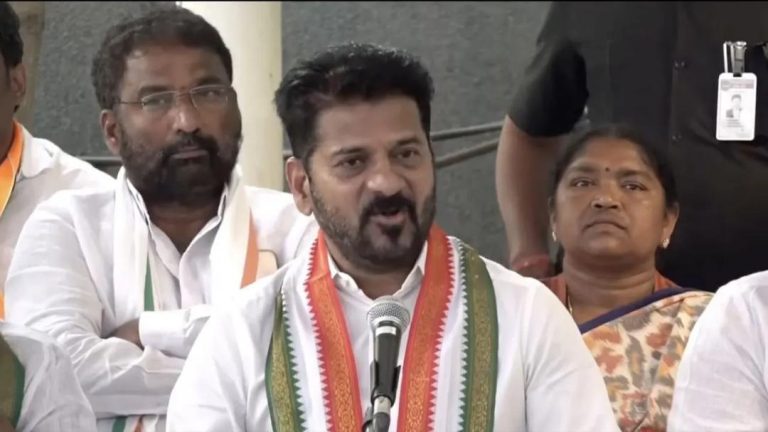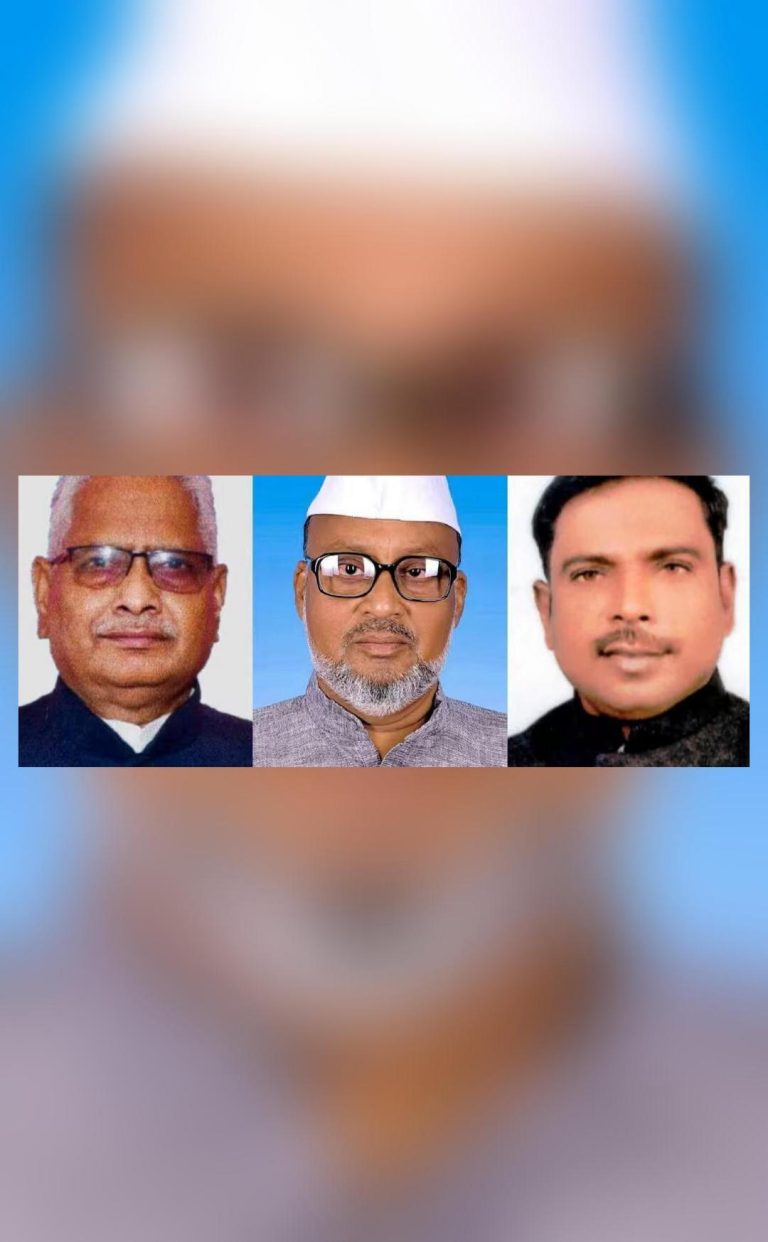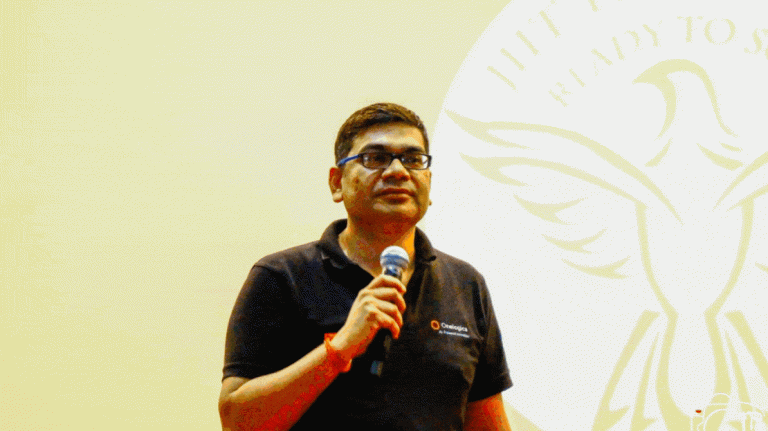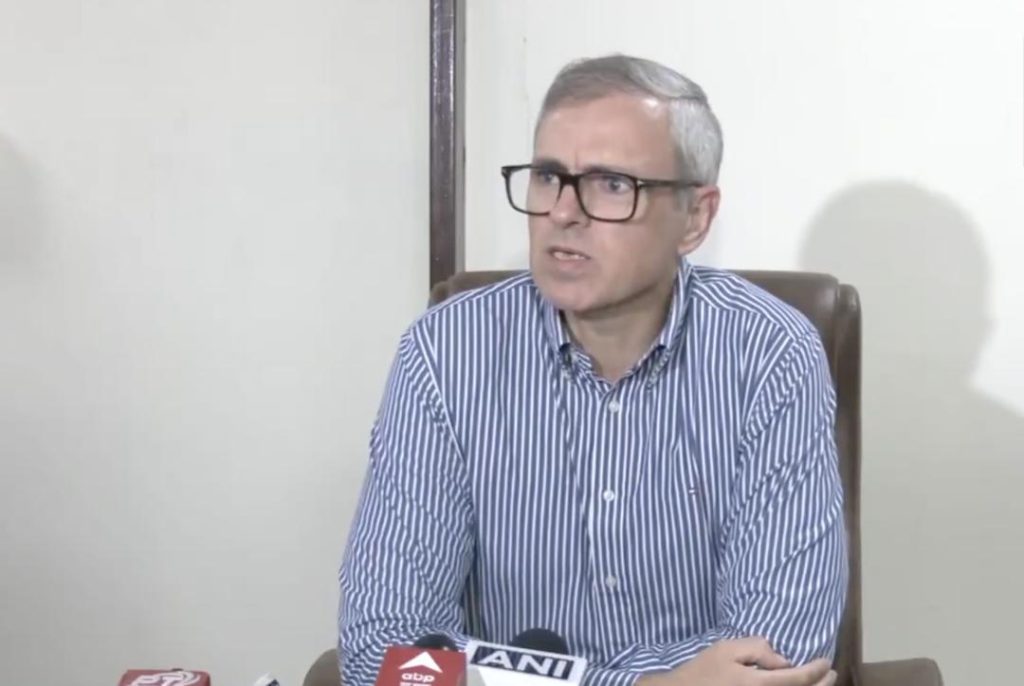
Why Should I Send Water to Punjab?: J&K CM on Canal Proposal
In a recent development, the Jammu and Kashmir Chief Minister Omar Abdullah has expressed his reservations over the proposal to construct a 113 km-long canal to redirect surplus water from three western rivers of the Indus system in J&K to Punjab, Haryana, and Rajasthan. According to reports, the canal aims to ensure that these states receive a fair share of water from the Indus Waters Treaty, signed in 1960. However, CM Abdullah has raised questions about the necessity of this project and has expressed concerns about the potential drain on J&K’s water resources.
In a statement, CM Abdullah emphasized, “Why should I send water to Punjab? Punjab already had water under the Indus Waters Treaty.” He went on to say, “Did they give us water when we needed it?” This remark suggests that the J&K government feels that Punjab has historically received a greater share of water from the Indus system, leaving J&K to struggle with water scarcity.
The Indus Waters Treaty is a bilateral agreement between India and Pakistan, which divides the waters of the Indus system between the two countries. The treaty allocates the waters of the three western rivers – Jhelum, Chenab, and Sutlej – to Pakistan, while the three eastern rivers – Ravi, Beas, and Sutlej – are allocated to India. However, the treaty also includes provisions for sharing the waters of the western rivers with the states of Punjab, Haryana, and Rajasthan.
The proposal for the canal has been met with resistance from the J&K government, which claims that it will deprive the state of its rightful share of water. CM Abdullah has argued that J&K is already facing severe water scarcity, particularly in the Chenab Valley, and that the proposal will only exacerbate the problem.
The J&K government’s concerns are not unfounded. The state has been facing a severe water crisis in recent years, with many areas experiencing drought-like conditions. The winters in J&K are harsh, and the state’s agriculture sector heavily relies on canal irrigation. Any reduction in the water supply can have devastating effects on the state’s economy and food security.
Furthermore, the proposal for the canal has raised questions about the environmental impact of the project. The construction of the canal will require the diversion of water from the Chenab River, which will have a significant impact on the river’s ecosystem. The canal will also require the acquisition of large tracts of land, which may displace local communities and affect their livelihoods.
The J&K government’s opposition to the canal proposal has also been motivated by concerns about the lack of transparency and consultation in the planning process. CM Abdullah has accused the Union government of not consulting the J&K government adequately on the proposal, and of not providing sufficient information on the project’s benefits and risks.
In response to the controversy, the Union government has claimed that the canal proposal is aimed at ensuring that the water needs of Punjab, Haryana, and Rajasthan are met, while also providing a supplementary source of water to J&K. However, the J&K government has rejected this claim, saying that the proposal will only benefit Punjab and Haryana at the expense of J&K.
The controversy over the canal proposal highlights the complex and contentious issues surrounding water sharing in India. The Indus Waters Treaty has been a source of tension between India and Pakistan for decades, and the proposal for the canal has added a new layer of complexity to the issue.
In conclusion, the J&K CM’s question – “Why should I send water to Punjab?” – is a valid one. The proposal for the canal raises serious concerns about the equity and fairness of water sharing in India. The J&K government’s opposition to the proposal is motivated by concerns about the potential drain on the state’s water resources, and the potential environmental and social impacts of the project.
As the controversy continues to unfold, it is essential that all stakeholders engage in a transparent and consultative process to address the concerns and issues surrounding the canal proposal. The interests of all parties affected by the proposal must be taken into account, and the proposal must be evaluated based on its potential benefits and risks.
